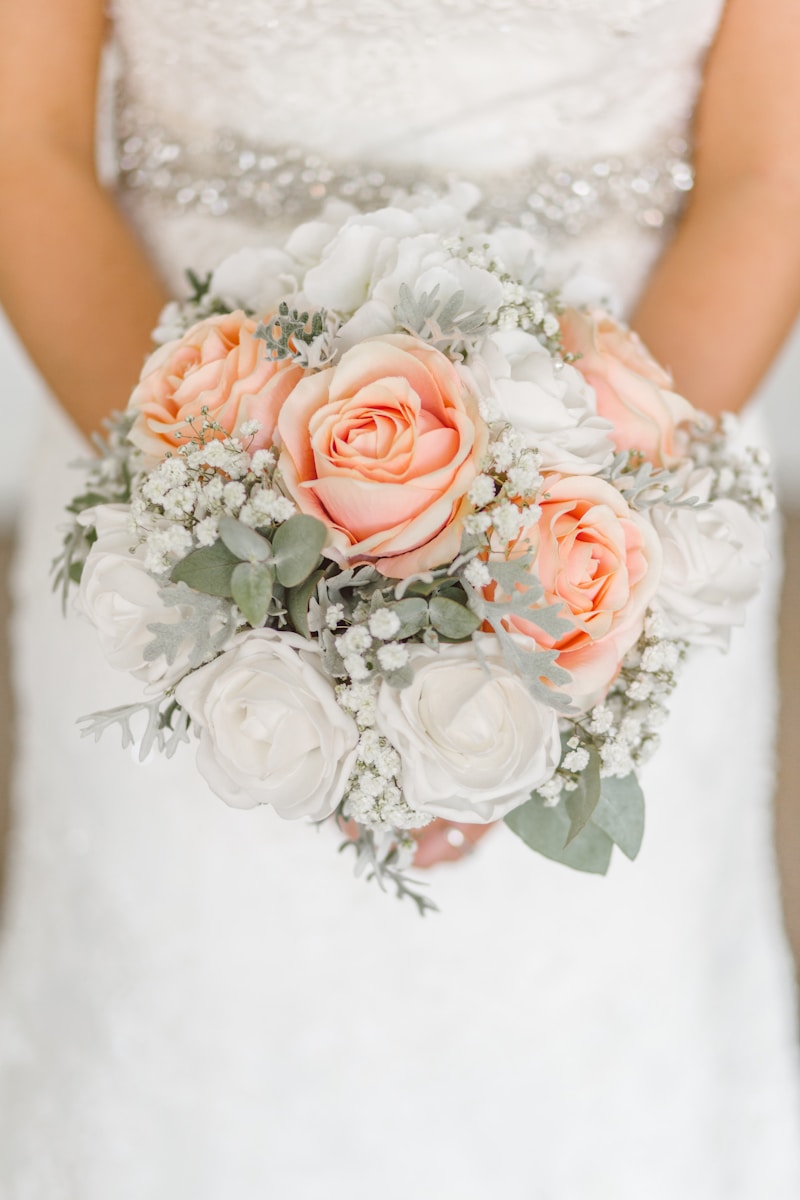Cultural Traditions in Wedding Ceremonies: A Global Perspective
Weddings are more than just a union between two individuals; they are a grand spectacle filled with cultural traditions that vary significantly across the globe. Understanding these customs can enhance your appreciation of the ceremony itself and provide insights into the beliefs and values of that culture. In this article, we will explore various cultural traditions in wedding ceremonies, highlighting their unique aspects and commonalities.
The Significance of Cultural Traditions in Weddings
Weddings are pivotal life events that symbolize love, commitment, and the start of a new journey. Cultural traditions in wedding ceremonies often reflect the history and values of the community, emphasizing the importance of family, religion, and society as a whole. These traditions can be a source of pride and identity, showcasing the diversity of human experiences.
Common Cultural Wedding Practices
| Tradition | Region/Culture | Description |
| Breaking the Glass | Jewish | A groom breaks a glass to symbolize the fragility of relationships and the destruction of the Temple in Jerusalem. |
| Jumping the Broom | African American | A couple jumps over a broomstick to signify their union and commitment to their new life together. |
| Paying the Dowry | South Asian | The groom's family pays a dowry to the bride's family, symbolizing respect and establishing a marital alliance. |
| Crowning the Bride | English | The bride wears a crown of flowers, signifying beauty and purity. |
| The Tea Ceremony | Chinese | A traditional ritual where the bride and groom serve tea to their elders, demonstrating respect and gratitude. |
Exploring Specific Cultural Traditions
Let’s dive deeper into some unique wedding customs from around the world:
1. Indian Weddings
Indian weddings are known for their vibrant colors, elaborate rituals, and festivities that can last for several days. The ceremonies usually involve a mandap (a temporary structure) where the rituals take place. One of the central traditions is the “Saptapadi”, where the couple takes seven steps together, each representing a vow they make to one another. Additionally, the bride often wears a red lehenga as a symbol of prosperity, while the groom dons a sherwani.
2. Japanese Weddings
In Japan, traditional Shinto weddings are characterized by the “Kagami Biraki”, which involves opening a sake barrel to celebrate the couple’s union. The bride typically wears a white kimono for purification, followed by colorful kimonos during the reception. The ceremony emphasizes harmony, respect, and the communal sharing of joy.
3. Mexican Weddings
Mexican weddings are vibrant and lively, with traditions such as the “Lazo”, where a floral garland or rope is placed over the couple’s shoulders to symbolize their binding commitment to each other. Another interesting tradition is the “Arras”, where the groom gives the bride thirteen coins as a symbol of his commitment to providing for her.

Regional Variations and Influences
The differences in wedding traditions are often influenced by factors such as religion, geographical location, and social norms. For example, in Western cultures, weddings typically follow a religious or civil ceremony followed by a reception, while in many African cultures, traditional customs often take precedence. Additionally, globalization has led to a blending of traditions, where couples may choose to incorporate elements from various cultures into their wedding ceremonies.
Popular Questions About Wedding Traditions
Here are some common questions that people might seek answers to regarding cultural traditions in wedding ceremonies:
- What are the most unique wedding traditions around the world?
- How did wedding traditions originate?
- Are there modern interpretations of traditional wedding customs?
- How to choose the right traditions for a multicultural wedding?
- What role do family values play in wedding ceremonies?
The Importance of Understanding Wedding Traditions
Recognizing and respecting cultural differences in wedding traditions can greatly enrich the wedding experience for both participants and guests. Understanding various customs fosters mutual respect and appreciation, allowing for deeper connections between cultures. Furthermore, for couples planning their weddings, integrating unique traditions can create a more personalized and memorable experience that honors their backgrounds.
Conclusion
In conclusion, cultural traditions in wedding ceremonies provide fascinating insights into the values, beliefs, and practices of different societies. Each tradition tells a story, reflecting the community's history and social structure. As you plan your wedding or attend one in the future, consider embracing the beauty of these traditions, whether they are your own or those of others. Remember that the essence of any wedding lies in the love and commitment shared between two individuals, transcending cultural boundaries. Embrace diversity, celebrate love, and create lasting memories that honor cultural traditions.
Finally, if you're inspired by these unique traditions, consider researching or even incorporating elements from different cultures into your own wedding, creating a ceremony that celebrates love across the globe.